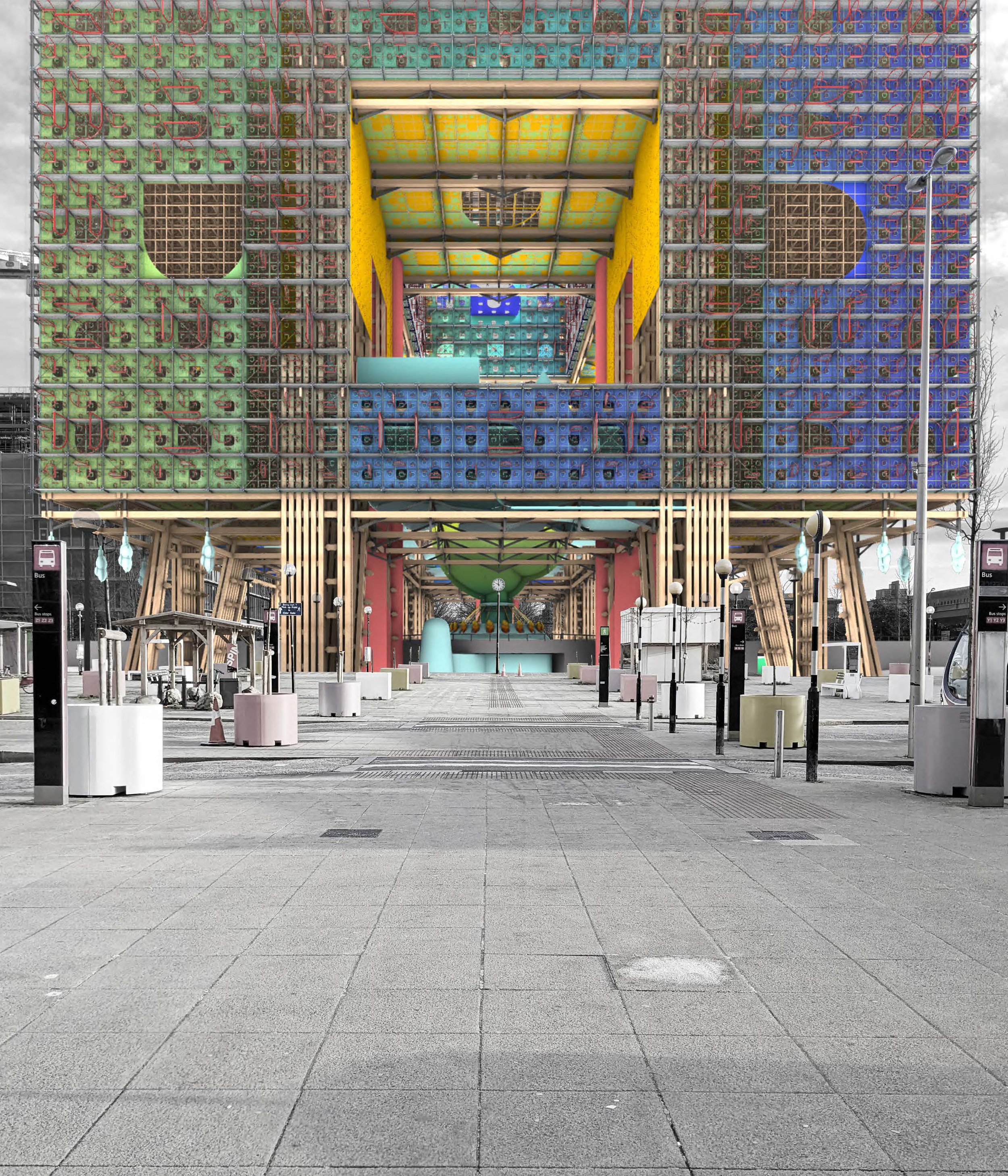The Progress Paradox
U11 revisits the paradoxes of preservation versus progress, and wilderness versus culture that preoccupy the unit. Radical and even revolutionary ideas that stitch together the past, present and future, and expose the cultural and political complexity of the built environment are our focus. This is ever more critical in a time of daunting environmental challenges. In a world more dangerous, yet open to opportunity than any other time, these notions are also affected by the progress paradox—which is to say that the more forward progress is made, the more problems are created.
Our interest in environments that display displacement, restoration, redundancy, progress, dormancy, and future living is exemplified by the UK National Parks. Initiated by the 19th century ‘Freedom to Roam’ movement, large areas of land are now protected by law for the benefit of the nation due to their special and particular qualities of countryside, wildlife and cultural heritage value.
Until relatively recently little acknowledgement was given to thinking about nature as a system with park boundaries laid out according to convenient political or economic interests rather than ecological realities. As keystone institutions of environmental conservation, they are operated as managed systems, ‘interactive ecologies’ of people, nature, landscape and infrastructure. Charged with protecting fragile ecosystems and vulnerable regional identities they also, now more than ever, act as outdoor playgrounds. They symbolize political entanglements and cultural paradoxes. Changes taking place outside park boundaries can render tremendous impacts on preservation efforts within the park resulting in damage to local economies and environments as well as overloading rural infrastructure and even threatening their conservation goals and nature reserve status, particularly where the weight of local and international tourism is unsustainable; visitors are ‘loving the parks to death’.
This year students looked at temporal and spatial cultural scenarios to reveal underlying processes that continue to affect our built and natural environment, our societal institutions and the fascinating consequence of adapting the cultural imaginary. They asked: How can legislated territories accommodate cultural and environmental changes? How will future transformations in society and the natural environment be reflected in the built environment? What is the role of architecture in an ‘interactive ecology’? What are the implications, and more importantly, the opportunities of designing architecture for uncertainty and alternative futures?
4th Year Students: Harry Andrews, Chia-Yi Chou, Pearl Chow, Charlie Pye, Mark Ng
5th Year Students: Theo Clarke, Michael Holland, Justin Lau, Rory Martin, Kit Lee Smith, Iga Świercz, Annabelle Tan, Kenny Tam, Zifeng Ye
ELEVEN Vol. 8 on ISSUU. To purchase a copy please contact us
Prizes and Medals
Ambrose Poynter Prize: Annabelle Tan
Sir Banister Fletcher Medal: Annabelle Tan
Bartlett School of Architecture Medal: Annabelle Tan
Bartlett School of Architecture Medal: Zifeng Ye
Design Realisation: Experimental Innovation Prize Chia-Yi Chou


